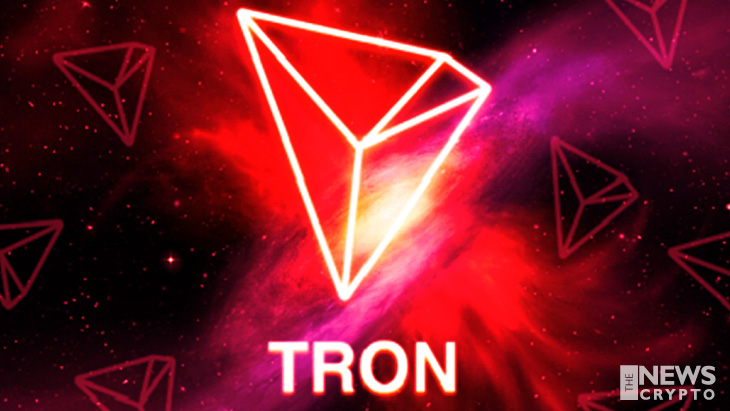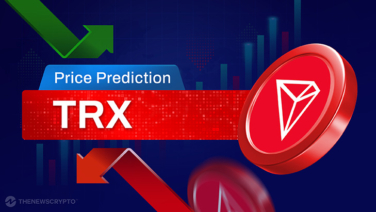- TRON’s ecosystem is growing because of the strong coalition.
- TRON claims that a $20 billion transfer costs less than $800,000 in fees.
Since the US government approved the first Bitcoin ETF, many popular ideas have emerged, competing for consumers and funds. Stablecoin is recognized for its role in value benchmark, traffic influx, and risk avoidance has also seen extraordinary growth this year.
TRON claims that a $20 billion transfer costs less than $800,000 in fees, a feat that conventional payment systems can only envy and other crypto players can only hope to match.
They’ve lately stepped up their game as the uncontested leader in stablecoins. This week, the average daily transfer volume of stablecoins on the #TRON network hit $11,912,106,802. TRON creator Justin Sun praised TRON’s stablecoins’ effectiveness on social media.
Strong Coalition of Four Tron-Based Stablecoins
TRON’s ecosystem is growing because of the strong coalition of 4 TRON-based stablecoins: USDT, USDJ, TUSD, and USDC. Its key strengths and overall strategy drive the TRON-based stablecoin. TRON’s efforts in GameFi, metaverse and NFT have increased on-chain demand and hence stablecoin transfer volume.
TRON has been the industry’s most financially inclusive chain, backed by technologies that increase security, affordability, and efficiency. After two years of development, the transparent and safe TRC20-USDT has become the most popular stablecoin.
Despite possessing USDT, the industry’s leading stablecoin, TRON has not slowed progress in this sector. TRON now has four primary stablecoins: USDT, USDC, USDT, and TUSD, with USDT and USDC leading the way, while TUSD and USDJ provide compliance and decentralization.








